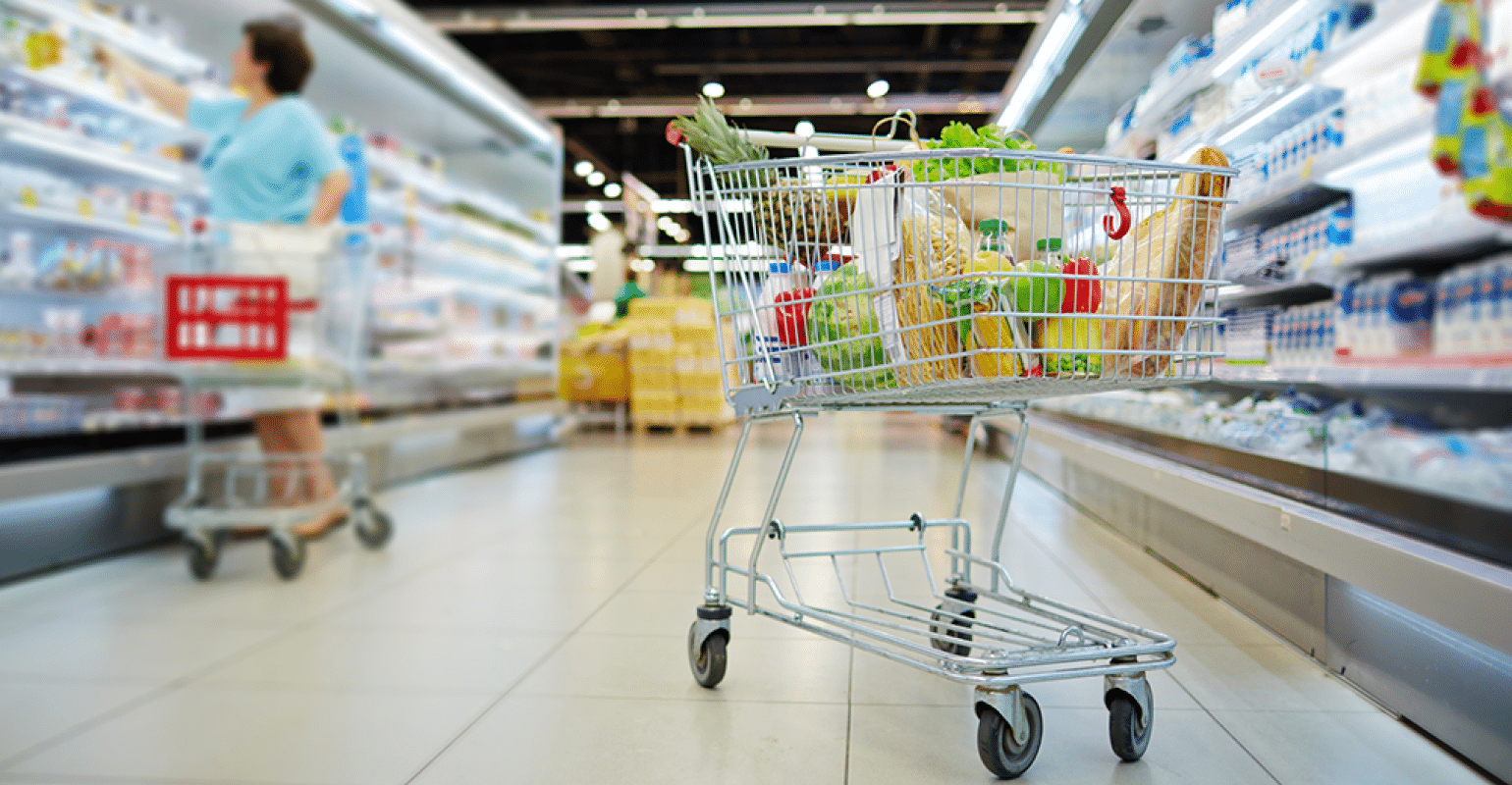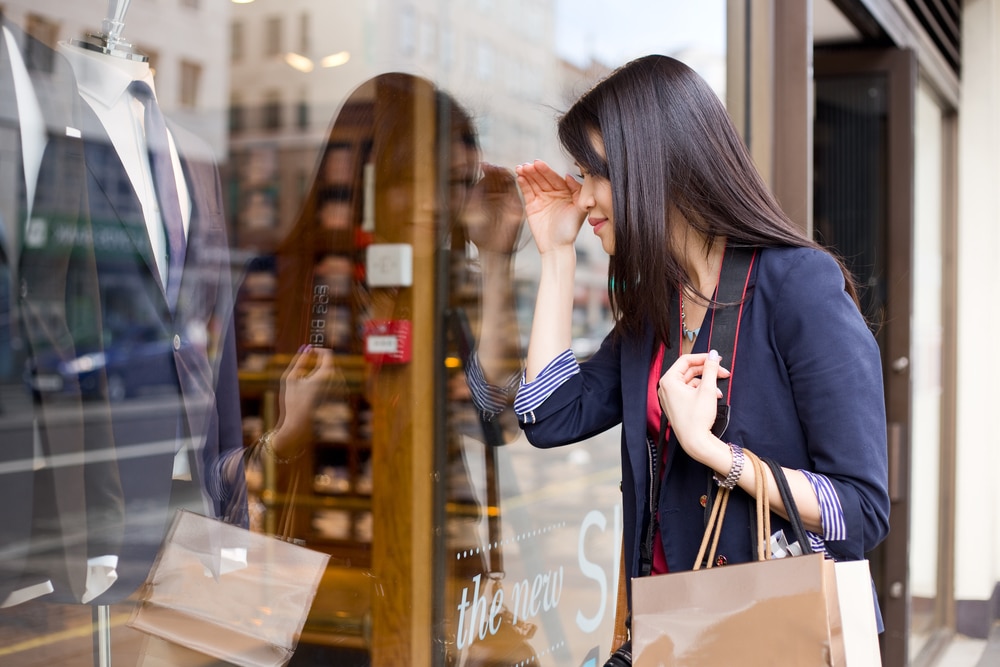The retail sector is in “a momentous period of change” with the pandemic sparking mass market disruption for both big heritage brands and small, local businesses. The evolution of the traditional retail experience has presented marketers with a ripe opportunity to re-examine their strategies and rework their offerings, to create a more connected experience in-store and online.
As part of The Drum’s Predictions 2022 Festival, Carina Moran, head of strategy at Yahoo UK, considers how marketers can create a more seamless shopping experience in keeping with the changing demands of consumers. As we move from pandemic into longer term endemic, some consumer mindsets may have reset but many new and lasting behaviors have emerged. Marketers need to accept the challenges brought on by the pandemic and understand where to go from here.
“The biggest challenge induced by the pandemic is that consumers are now mandating convenience from retailers,” says Moran. But marketers shouldn’t fear delivering convenience; they can meet consumer needs with exceptional service by focusing on quick delivery and turnaround times; providing free and easy returns; and simplifying the shopping experience across touchpoints.
“Consumers are also expecting engaging, entertaining and tangible interactions with brands,” says Moran. “And since the surge in online shopping during the pandemic, if these demands are not met, consumers are not hesitant to shop elsewhere.”
The type of customer who shops online has changed and now encompasses a much wider range – with baby boomer consumers continuing to purchase three times more online than they were pre-pandemic. The closure of the high street during lockdowns prompted new users to explore online options and this rise in online shoppers will only continue to increase demand and create a new standardized norm for convenient high-quality experiences.
With so many options, consumers may appear more fickle-minded now than before, meaning marketers need to work harder to earn their attention.
New challenges to overcome
With this surge in online purchasing, brands and retailers must now consider how consumer behavior around trying on and returning items has been impacted. “We’re buying more online and our bedrooms now also act as our changing rooms,” says Moran. “But we’ve adopted the attitude that if something doesn’t fit or work out, we’ll just send it back.”
According to Retail’s CBE, the number of returns for online purchases ranges between 15-30%, meaning that a fifth of all purchased online goods are returned. Logistically, this is a nightmare for retailers as it is time-consuming and costly dealing with returned items and having to restock digital shelves. “It also poses a big question around sustainability with this way of shopping and how to sustain this approach,” adds Moran.
“One of the biggest limitations to online shopping is that you can’t see the product in real life,” says Moran. “74% of people said that was one of the benefits of purchasing items in-store. People do miss the tangible in-store experience particularly after a year of being locked up inside.”
Embracing hybridity and new technology
“The typical shopping journey now involves both brick-and-mortar stores and digital interactions,” says Moran. “We’re entering a new era of hybridization. Consumers want to be able to browse anywhere, buy anywhere, and have their orders fulfilled anywhere, and retailers need to be able to deliver on all three of these at scale in order to survive in the current climate.”
Marketers should consider modernizing their physical locations through embedded digital touchpoints to create a space that advertises the brand and allows for easy omni-channel engagement. The aim is to combine how consumers interact online and in-store to help them discover new products, conduct product research and make product purchases – whether it’s in the physical or virtual space.
“Really good in-store experiences need to become high touch, sensory experiences,” says Moran.
Shoppers already use their phones when physically shopping, so installing purchase-enabling technology in-store and utilizing existing smart solutions like QR codes will help connect the two experiences.
With the rise in new tech innovations such as virtual reality (VR), augmented reality (AR), artificial intelligence (AI) and extended reality (XR), retailers can offer more immersive digital experiences for shoppers and get them to try products digitally.
“Marketers need to make experiences in-store and online feel as personalized or personal as possible, so that the tech feels like a convenient add-on for customers,” says Moran.
Times might be changing for retailers but there are plenty of opportunities and possibilities for marketers to seize. With the change in cookies and access to more first party data, marketers can be more autonomous with the data that they are extracting online and can use this to both understand consumer online behavior and weave this into in-store activations.
“We need to make all aspects of the user’s journey shoppable and seamless,” concludes Moran. “Customers are not limited to one screen or one experience. We need to think in the same way they do if we want to scale up and reach them – and use smart data to create a combined and aligned approach.”
This article was written by Olivia Atkins from The Drum and was legally licensed through the Industry Dive Content Marketplace. Please direct all licensing questions to legal@industrydive.com.












